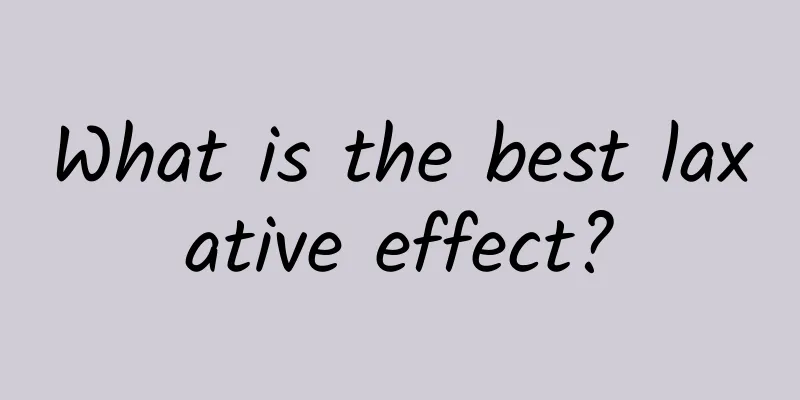How to regulate heavy cardiac afterload?

|
The load on the heart is divided into preload and afterload, which is determined by the special structure of the heart. Therefore, people should pay attention to protecting their hearts in life and avoid doing things that increase the load on the heart, for example, do less exercise that consumes too much physical energy. Among the loads on the heart, the afterload has the greatest impact. Let’s take a look at how to adjust the afterload of the heart. I hope everyone can understand. What is cardiac afterload? Afterload refers to the resistance or load encountered after myocardial contraction, also known as pressure load. Aortic pressure and pulmonary artery pressure are the afterload of the left and right ventricles. For the left ventricle, in the absence of aortic stenosis or coarctation, afterload is determined primarily by: (1) Aortic compliance: the ability of the aorta's wall to expand as pressure increases. If the vessel wall thickens, the compliance decreases. (2) Peripheral vascular resistance: It depends on the cross-sectional area of the arteriolar bed and vascular tone, the latter of which is affected by vascular and humoral factors. (3) Blood viscosity: As blood viscosity increases, peripheral vascular resistance increases. (4) Circulating blood volume. Among them, peripheral vascular resistance is the most important and is often used as an indicator of left ventricular afterload in clinical practice. Care for heavy cardiac afterload: (1) Strictly control the infusion rate and volume, and be cautious for patients with heart and lung diseases, the elderly, and children. (2) If you find any symptoms of pulmonary edema, stop the infusion immediately and contact your doctor promptly. Place the patient in a sitting position with legs hanging down to reduce venous return and relieve the burden on the heart. (3) High-concentration oxygen administration can increase alveolar pressure and reduce the production of capillary exudate in the alveoli. At the same time, 50% to 70% ethanol humidified oxygen is given, because ethanol can reduce the surface tension of the foam in the alveoli, causing the foam to burst and dissipate, thereby improving lung gas exchange and alleviating the hypoxic state. (4) Give sedatives, vasodilators, cardiotonic drugs, antiasthmatic drugs, etc. as prescribed by the doctor. (5) If necessary, perform circular ligation on the limbs and apply appropriate pressure with a tourniquet or blood pressure cuff to block venous blood flow, while maintaining arterial blood flow. Change one limb every 5 to 10 minutes and gradually remove the tourniquet after the symptoms are relieved. |
<<: Heartbeat is very important, what should we pay attention to?
>>: How to regulate the frequency of cardiac compression?
Recommend
What not to eat when drinking saffron
Although rose tea is a medicine that can relieve ...
Angelica dahurica pictures
For some female friends who pursue beauty, you ma...
TCM Treatment of Migraine
Migraine is a disease that many people have exper...
What to eat during chemotherapy
For some special diseases, when treating them, we...
How to treat high blood sugar
The living standards in modern society are becomi...
Glutamine synthetase
As we all know, the normal functioning of our hum...
What are the symptoms of amniotic fluid leakage in pregnant women
If a pregnant woman leaks amniotic fluid, she wil...
What is the cause of hair loss and white spots at the roots?
When hair loss occurs, white spots appear at the ...
How long does it take for a tear or stitch to heal?
If the pregnant woman's physical condition pe...
The role of scraping oil and the precautions for using scraping oil
When scraping, scraping oil is a must-have item. ...
What are the effects of Chinese medicine pillows
Chinese medicine is generally boiled in old form,...
How to treat eczema
Eczema is mainly a common skin inflammation, whic...
Why do we often have wet dreams?
Nocturnal emissions are a physiological symptom e...
Can I still boil Chinese medicine if it is infested with worms?
Many people prefer to see a Chinese medicine doct...
Acne on the junction of face and neck
There are many reasons why acne appears on the fa...









